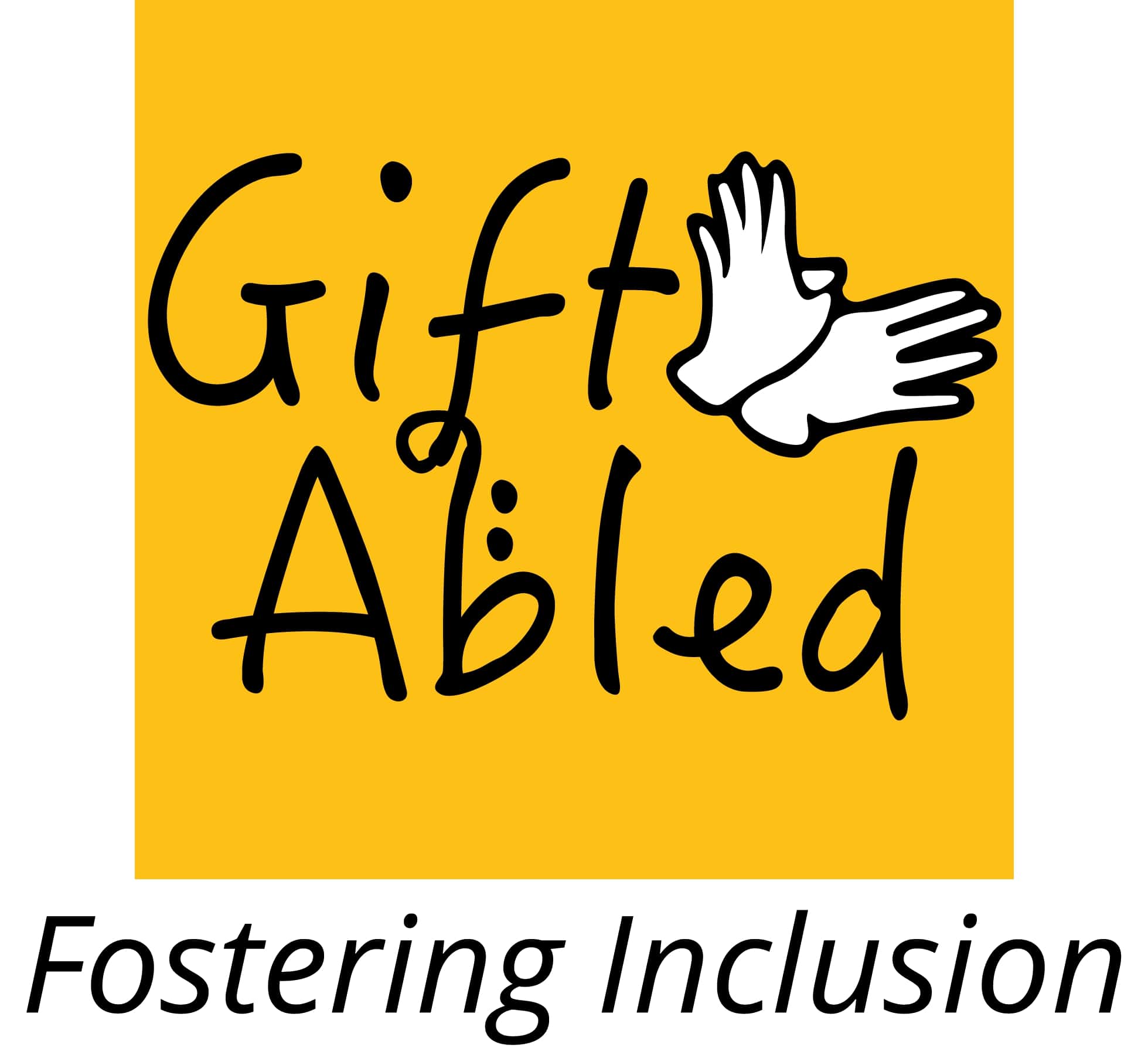Introduction
WCAG 3 is currently an incomplete draft. It is intended to develop into a W3C Standard in a few years. The current standard, Web Content Accessibility Guidelines (WCAG 2), is introduced in the WCAG 2 Overview. The WCAG 3 documents explain how to make the web more accessible to people with disabilities. WCAG 3 applies to web content, apps, tools, publishing, and emerging technologies on the web.

Requirements for WCAG 3.0
People with disabilities can face problems using online content and applications. Disabilities can be permanent, temporary, or recurring limitations.
We need guidelines to:
• identify these barriers encountered by people with disabilities.
• explain how to solve the problems they pose.
The Web Content Accessibility Guidelines (WCAG) 2.0 were designed to be technology neutral, and has stayed relevant for over 10 years. The Authoring Tool Accessibility Guidelines (ATAG) 2.0 has been implemented in the open source authoring tool communities (chiefly Wordpress and Drupal) with little known uptake in commercial authoring tools. UAAG 2.0 offers useful guidance to user agent developers and has been implemented on an individual success criterion basis. There is no known user agent that has implemented all of UAAG 2.0.
1.1 Comparison to WCAG 2.x Requirements
WCAG 3.0 builds on the WCAG 2.0 Requirements of 2006. The WCAG 2.0 requirements are:
1. Ensure that requirements may be applied across technologies
2. Ensure that the conformance requirements are clear
3. Design deliverables with ease of use in mind
4. Write to a more diverse audience
5. Clearly identify who benefits from accessible content
6. Ensure that the revision is "backwards and forward compatible"
WCAG 2.0 needs improvement in few areas and WCAG 3.0 wishes to in these:
1. applied across technologies
2. clear conformance
3. ease of use
4. diverse audience
5. identify who benefits
WCAG 3.0 does not want to advance the WCAG 2.0 requirement: "Ensure that the revision is 'backwards and forward compatible'" . The intention is to include WCAG 2.x content, but migrate it to a different structure and conformance model.
The WCAG 2.1 Requirements are very specific to WCAG 2.1 and will not be advanced by WCAG 3.0. WCAG 3.0 plans to migrate the content of WCAG 2.1 to WCAG 3.0, but the WCAG 2.1 Requirements document referred to structural requirements which are specific to WCAG 2.x.

The WCAG 2.1 Requirements are:
1. Define a clear conformance model for WCAG 2.1/dot.x releases
2. Ensure the conformance structure utilizes the WCAG 2.0 A / AA / AAA model
Some Similar, Some Different Goals for WCAG 3 include:
• be easier to understand
• cover more user needs, including more needs of people with cognitive disabilities
• be flexible to address different types of web content, apps, tools, and organizations
WCAG 3 is similar to previous versions in some ways. It has similar:
• goal of providing guidance on making web content and apps accessible to people with disabilities
• fundamental and specific accessibility requirements
WCAG 3 is very different from previous versions in some ways. It has:
• different structure
• different conformance model
• broader scope, beyond just web content.
This WCAG 3 draft has:
Guidelines
• Solutions to accessibility problems
• More granular than the guidelines in WCAG 2
• Each guideline has outcomes
Outcomes
• Testable statements
• Similar to success criteria in WCAG 2, more granular and more focused on the desired results than the technical means for achieving them
• More granular means they are more specific, instead of broad. That generally makes them simpler. It also means there will be more of WCAG 3 outcomes than WCAG 2 success criteria.
WCAG 3 supporting material includes:
Methods
• Technology-specific ways to achieve an outcome
• Tests for the outcome
• Similar to Techniques for WCAG 2
• How-To documents
• Explain more about each guideline, such as how it addresses accessibility needs
• Information for designers, developers, people new to accessibility, and project planners
• Similar to the Understanding documents for WCAG 2
• Functional categories of functional needs
• Categorized list of needs of people with disabilities
